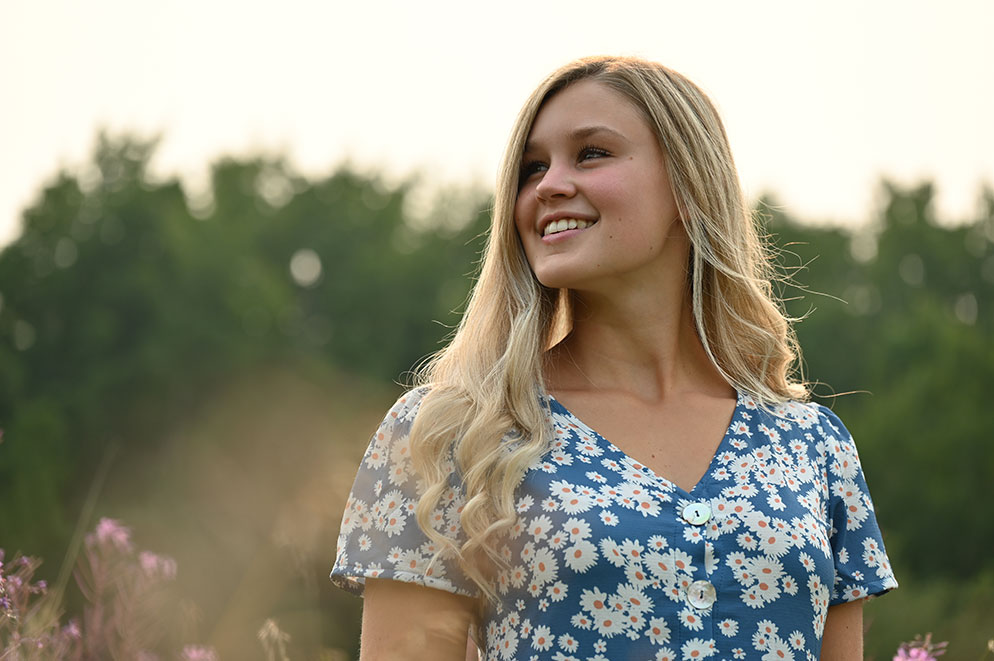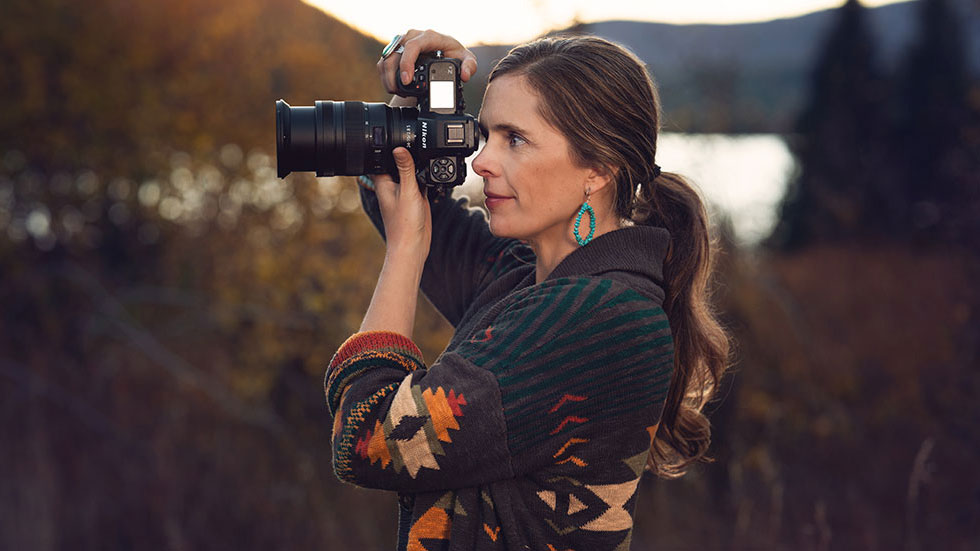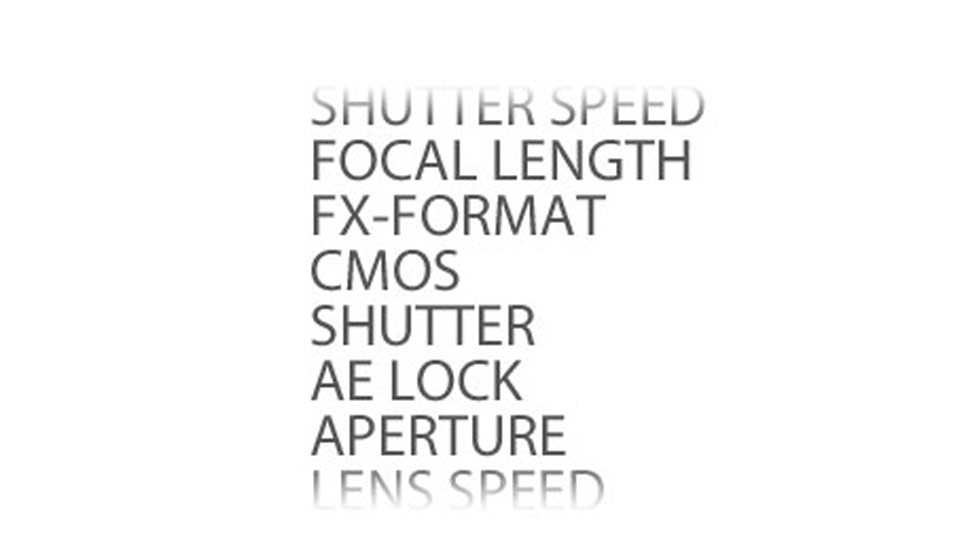What Can You Do With a Nikon Kit Lens?
Photo taken with the NIKKOR Z 24-70mm f/4 S lens.
Photo taken using the NIKKOR Z 24-120mm f/4 S lens.
The Nikon Mirrorless Camera System
Nikon’s mirrorless cameras and lenses are built from a new mount system, the Z mount. The Z mount allows Nikon lens designers and engineers the capabilities to build lenses that are superior to the older F mount which was used for lenses from 1959 through 2017. The Nikon Z mount features a 55mm inner diameter and short 16mm flange focal distance.
What this tech-speak means is that Nikon’s mirrorless lenses can be designed to be more compact and lightweight but also allow the engineers to design lenses that let more light in to hit the sensor for improved low-light performance and edge-to-edge detail in both stills and video. The resolution and clarity of mirrorless lenses also surpass the older F mount lenses.
Photo taken using the NIKKOR Z 24-70mm f/4 S lens.
S-line Lenses—The Best of the Best
The top-of-the-line NIKKOR Z lenses are known as S-line lenses, and these are held to even higher standards and more stringent expectations than other Nikon mirrorless lenses. These are the lenses that most pros will gravitate to—as they offer sophisticated features, technologies and operability. Photographers can shoot with an S-line lens wide-open with little to no drop in sharpness and edge to edge sharpness is maintained too. These lenses offer superior resolution, point-image reproduction and bokeh that is natural and smooth.
For filmmakers, the S-Line lenses offer advanced features including the easy to operate control ring for smooth diaphragm control; minimal sound produced by the lens during filming and focus-breathing compensation means no shifting of the angle of view when changing the focus point during a shot.
Depending upon the model of camera, such as the Z6III, Zf or Z8, the kit lens that’s been paired with it may very well be an S-line lens.
Photo taken with the NIKKOR Z 28mm f/2.8 lens.
What subjects can you photograph with a kit lens?
So, getting back to the question of what you can do with a kit lens, the answer is limitless—it’s up to your imagination. One other designation that will help you understand Nikon’s mirrorless cameras and lenses better is that there are full-frame or FX format like the Z8 and Z6III cameras, and there are more compact, smaller cameras like the Zfc or Z30 that are known as APS-C size or DX format. A big advantage of the Nikon mirrorless camera system (just like with the F mount DSLRs) is that you can use DX lenses on an FX camera and FX lenses on a DX camera.
A kit lens with a focal length of 16-50mm covers the sweet spot of the zoom range, letting you capture street scenes and landscapes as easily as portraits and close-ups. This focal length range for APS-C size/DX format cameras like the Z50II is the equivalent of 24-75mm on a full-frame/FX format camera like the Z5II.
Photo taken with the NIKKOR Z DX 18-140mm f/3.5-6.3 VR, an all-in-one lens.
Photo taken with the NIKKOR Z 28mm f/2.8, a wide-angle prime lens.
Other kit lens options may include a prime lens like a 28mm or 40mm lens. These are ideal for landscapes and travel or street photography; environmental portraits (where you photograph a person in their environment—think of a librarian among stacks of books) or photos of food, flowers, pets and more. These lenses have wide apertures making them ideal for low-light situations as well.
Some full-frame Nikon mirrorless cameras are paired with popular lenses like the Z8 + NIKKOR Z 24-120mm f/4 S kit or the Z6III + NIKKOR Z 24-70mm f/4 S kit. These are two workhorse lenses that working pros often use for weddings and events because they’re so versatile, letting you get wide shots of groups and ceremonies and then zooming in closer for more intimate portraits.
You might also find an all-in-one lens like the NIKKOR Z 24-200mm as a kit option. A lens like this will give you more creative options, from the wide-angle of 24mm all the way to 200mm on the telephoto end.
Photo taken with the NIKKOR Z DX 16-50mm f/2.8 VR lens.
There are many more options to explore!
The kit lens is just one option you have. If you’re buying your first camera—or just bought it, congratulations—the kit lens gives you all you need to get started! After you’ve used your camera for a bit, you’ll likely discover the types of photography that really speak to you. Mirrorless cameras utilize interchangeable lenses, allowing you to swap one lens for another depending on what you want to achieve. Maybe its macro or wildlife, sports and action or fashion and portraiture. It’s at this time that you’ll likely look for your next lens to take your photography or video to the next level. There are plenty of mirrorless lenses for you to choose from. We’ve got a great article that’s been written for just this situation. Check it out here: How to Choose Your Next Mirrorless Lens.












